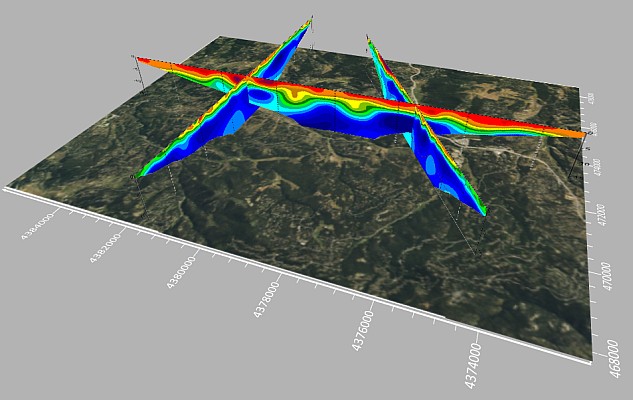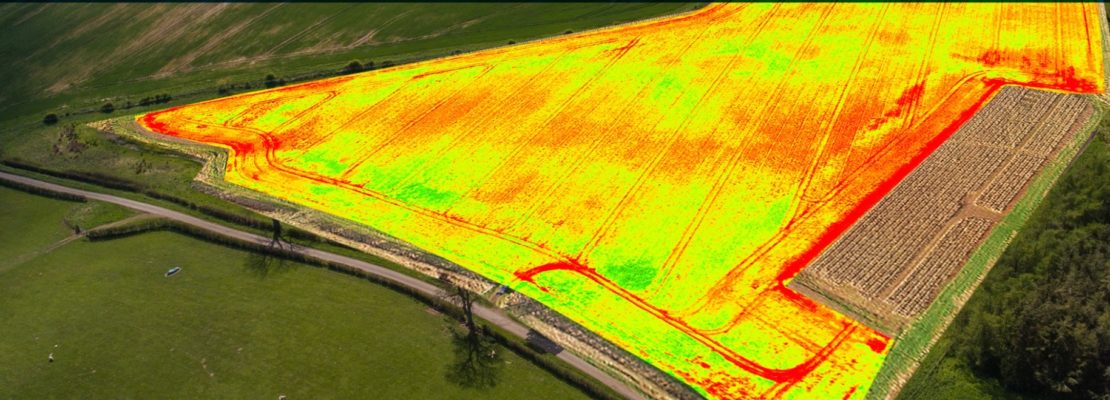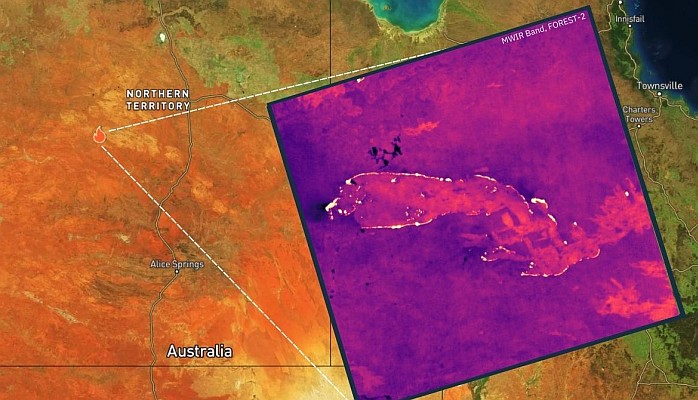Environment Canada’s Science and Risk Assessment Branch’s Green House Gas Division was presented with an Award of Excellence at ESRI Canada’s ESRI Regional User Conference in Ottawa. Alex Miller, President of ESRI Canada, presented the Award in recognition of Environment Canada’s use of enterprise GIS for monitoring, accounting, and reporting on greenhouse gases.
"The Award of Excellence is going to a very deserving organization that has been able to utilize technology to provide a precise picture of the sources and amounts of greenhouse gas emissions in Canada," said Mr. Miller.
Environment Canada’s Greenhouse Gas Division is Canada’s central agency responsible for Canada’s National System for monitoring, analyzing, and reporting emissions and removals of greenhouse gases (GHGs), in accordance with the requirements of the Canadian Environmental Protection Act, the United Nations Framework Convention on Climate Change (UNFCCC), and the Kyoto Protocol.
To meet international reporting requirements for this activity it is necessary to provide estimates for the Land Use and Land Use-Change and Forestry (LULUCF) sector with a spatial information component. The GHG Division is able to do this by working closely with its partners (Agriculture Canada, Natural Resources Canada, and Statistics Canada) to retain the spatial component of information. The use of a geodatabase approach to information management allows both the spatial and non-spatial components to be managed.
Partners share information on activities such as forest fires, adoption of zero tillage, and timber harvesting, enabling the Greenhouse Gas Division to develop estimates of Canada’s GHG emissions and removals for distinct spatially allocated reporting zones. The estimates are provided to the UNFCCC on an annual basis, both in the form of a series of reporting tables and a comprehensive National Inventory Report.
"By using GIS technology we are not only able to see changes in GHG emissions and removals through time, but we are also able to see these changes spatially," said Mark McGovern, Remote Sensing and GIS Specialist, Environment Canada. "This technology improves our delivery of GHG inventory information and also our confidence in the information we deliver."
The Division’s scientific and engineering expertise is also critical in developing new tools and models to estimate and track emissions and removals trends, in providing experts for UN Review Teams, in supporting the international negotiations, and in undertaking research on sources and sinks, including as lead authors and reviewers for the Intergovernmental Panel on Climate Change (IPCC). Through its outreach services, the Division provides greenhouse gas related quantification, verification, and reporting guidance and data and analysis required for the National GHG Indicator. For the LULUCF sector, GIS expertise and knowledge enables a better understanding of the requirements to improve quality control and quality assurance, quantify uncertainty, and improve delivery of reporting products.
The national system and the mandatory reporting regime, along with the fulfillment of international obligations, are also designed to provide accurate information for ascertaining compliance and supporting decision making. Improvements to data support competitiveness and environmental sustainability are achieved by providing better information for decision making, providing information to meet a variety of domestic and international requirements, supporting education, contributing to the development of applied solutions, utilizing science and technology and supporting performance promotion through the development of research based guidance on source/sink mitigation and sink enhancement.






